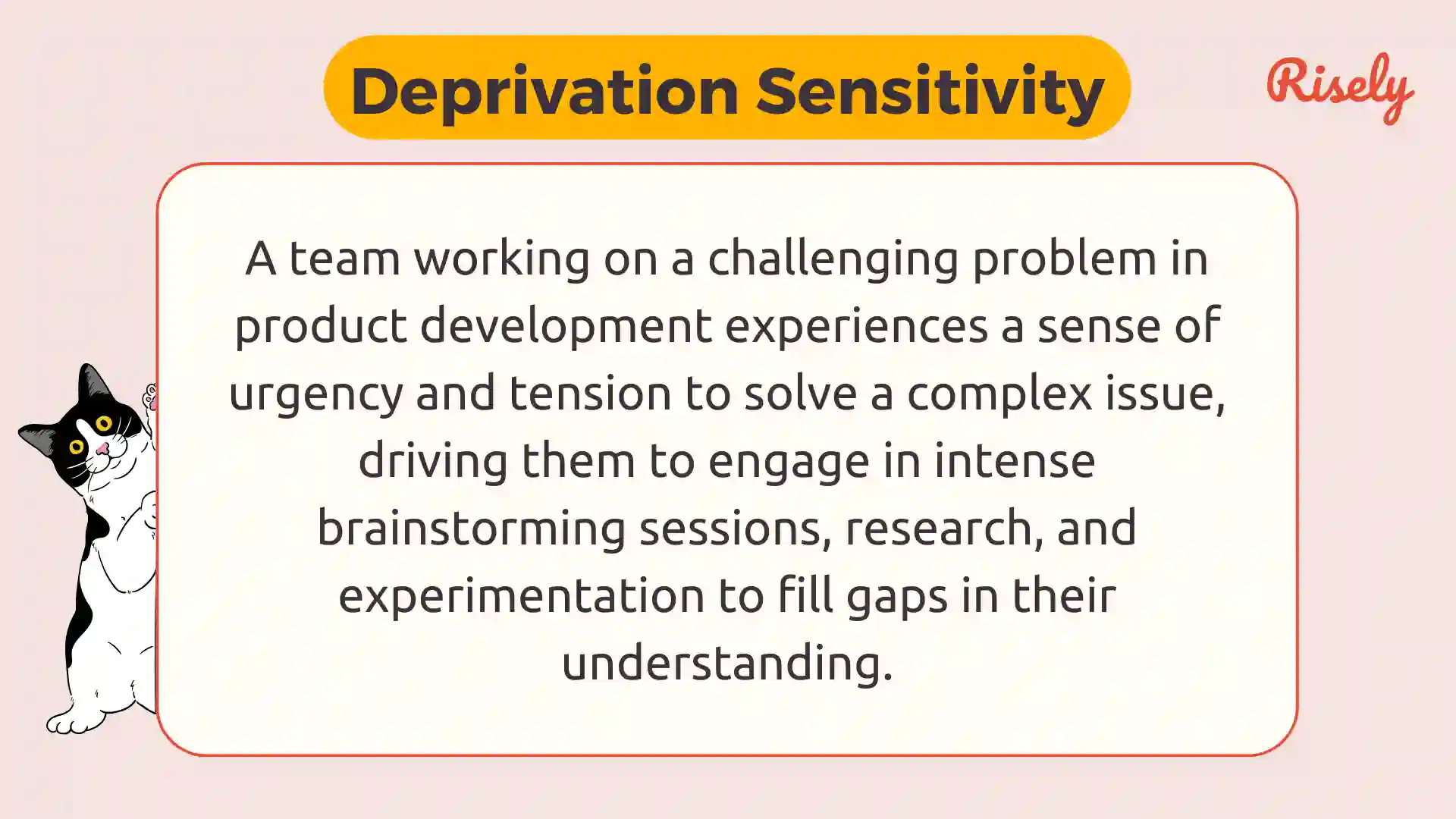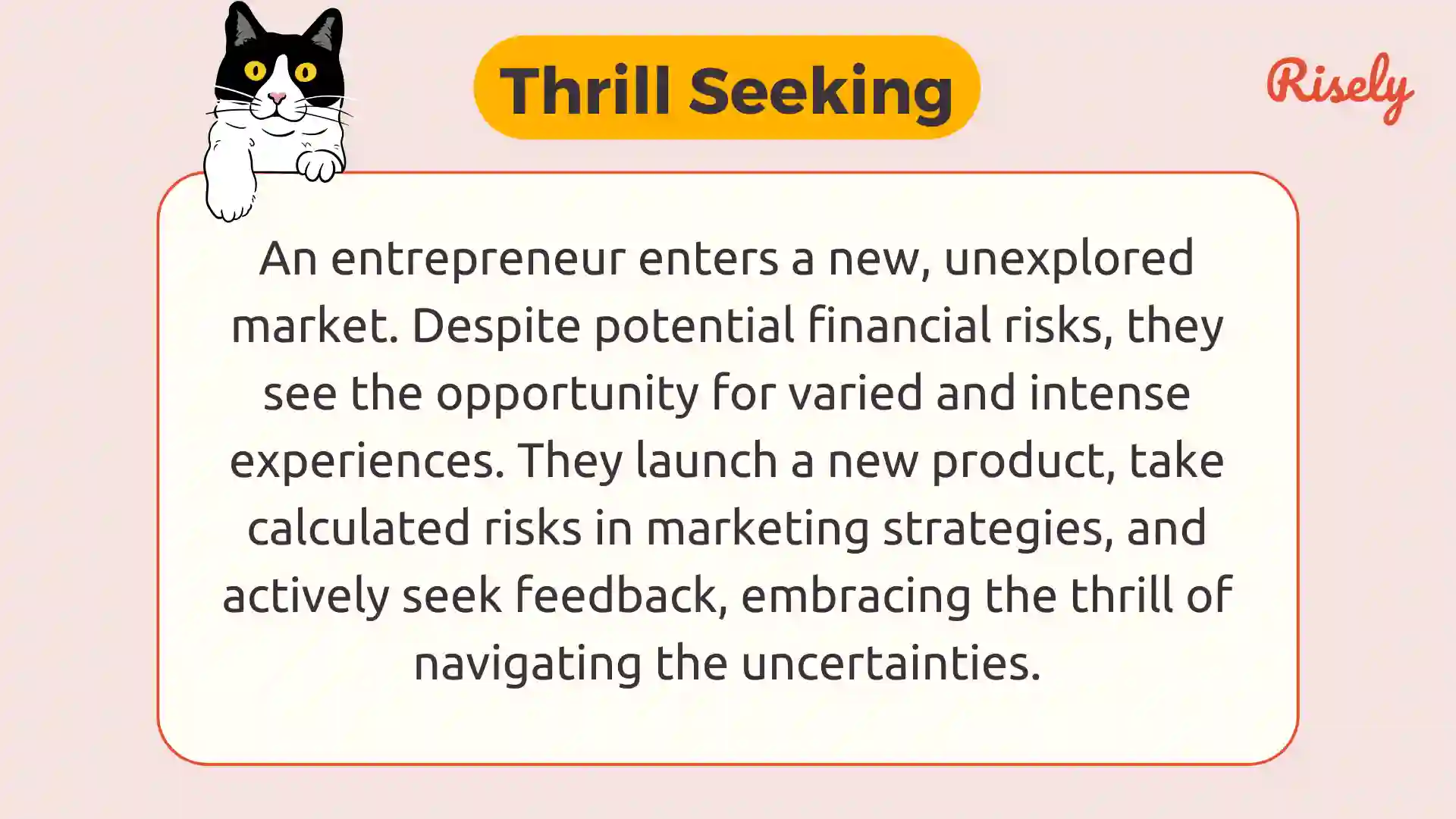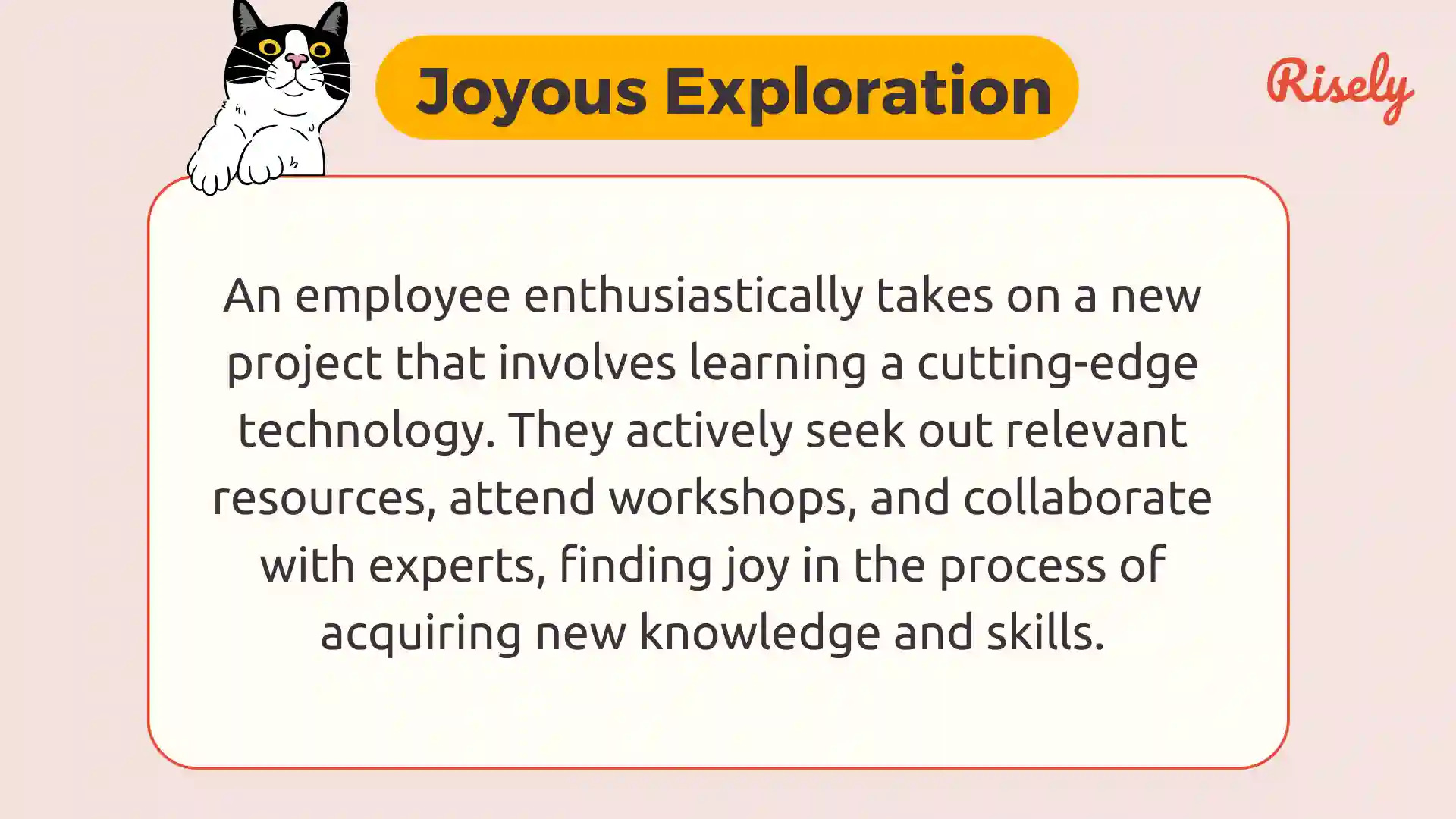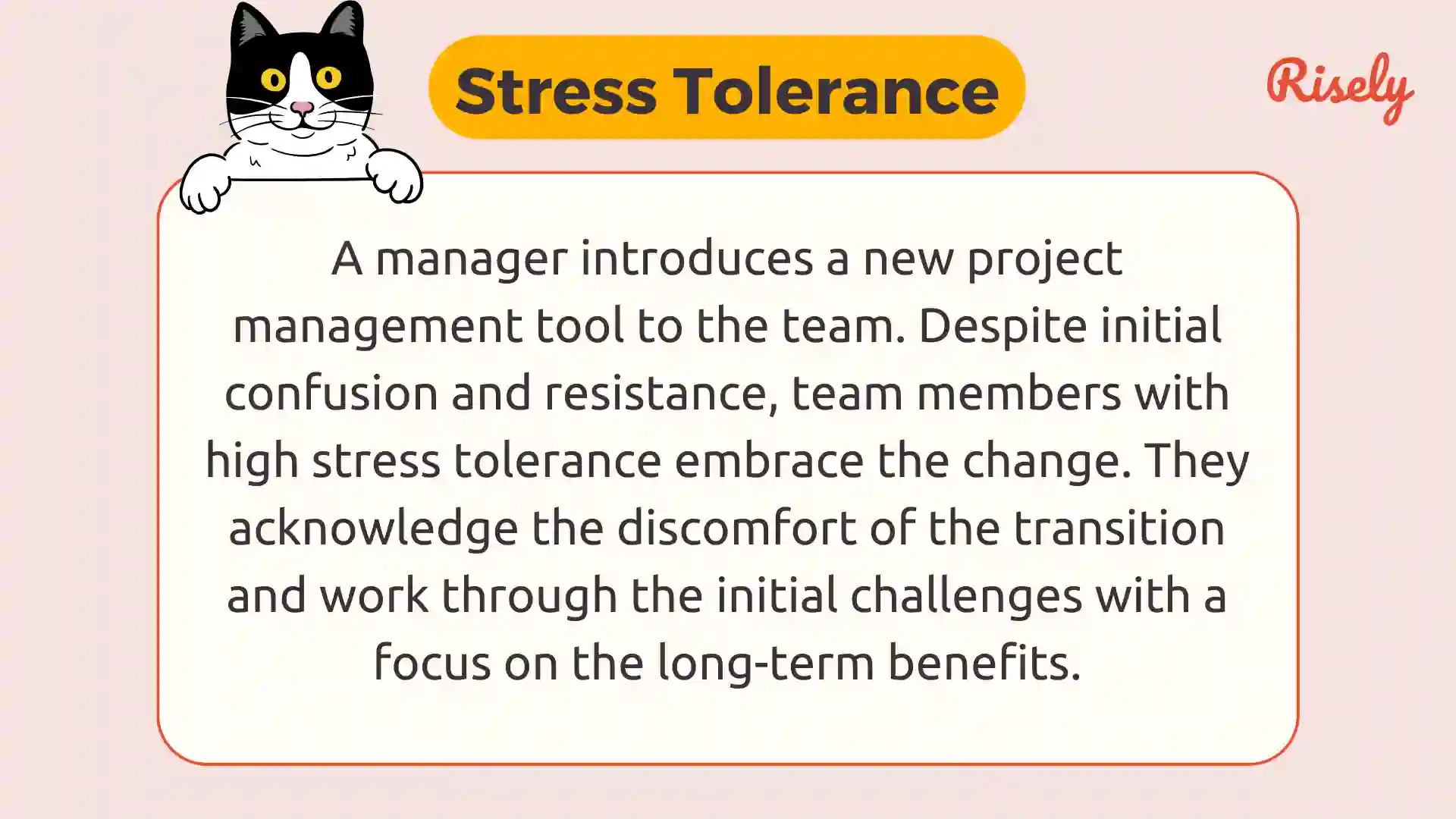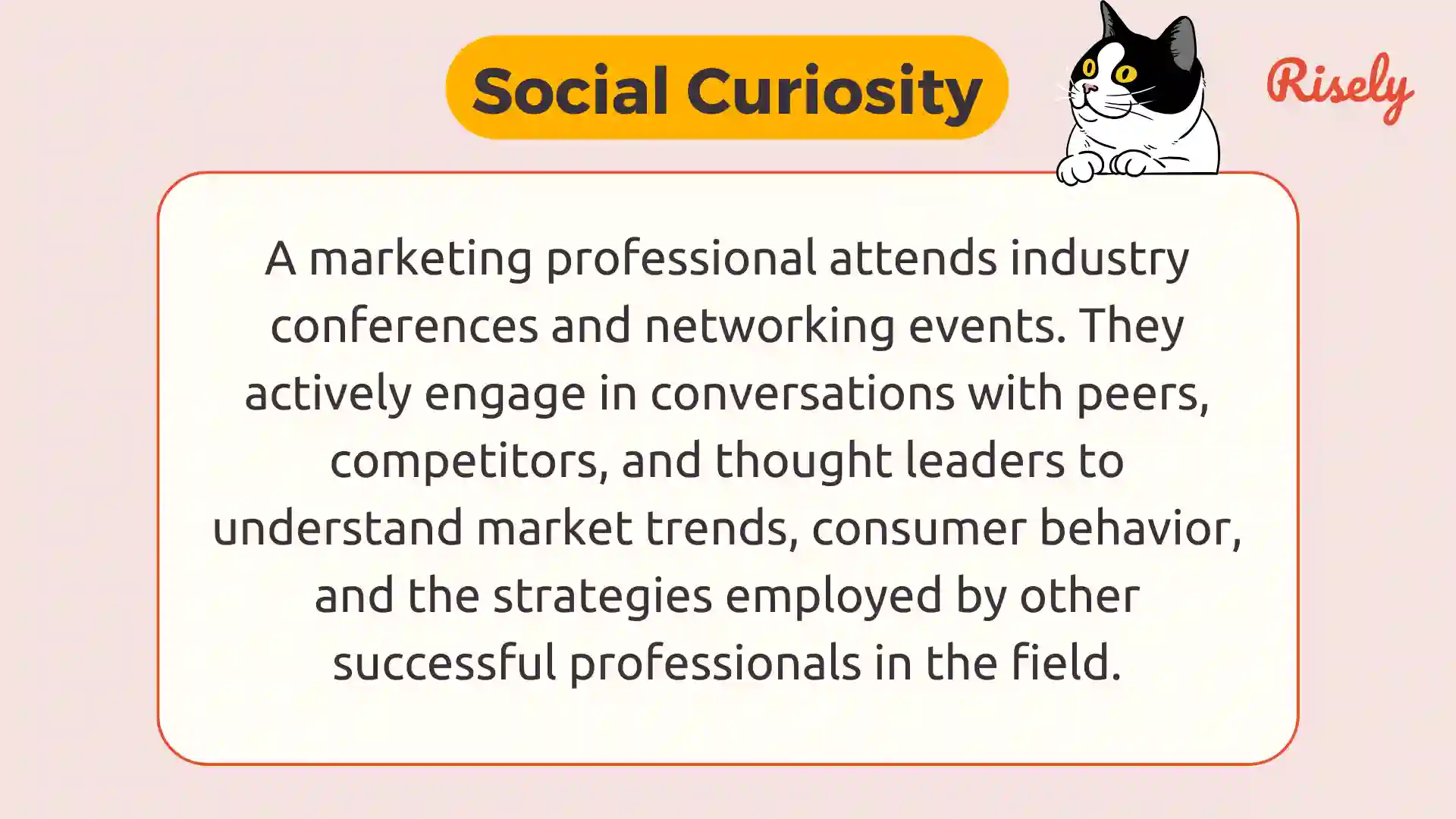Sowing The Seeds Of Curiosity In The Workplace
What’s the common factor behind every ground-breaking discovery and innovation? The persistent questioning. Why do things happen this way, and how can we improve it? Or what happens if we change our plans? Curiosity in the workplace is the drive to explore, learn, question, and seek new knowledge and ideas. It fuels innovation, fosters personal and professional growth, and creates a culture of continuous learning and improvement. In this blog, we will see what curiosity can do for you and what you, as a manager, can do to sow the seeds of curiosity in your team’s minds.What is Curiosity in the Workplace?
Curiosity in the workplace refers to an individual’s eagerness and willingness to explore, learn, and seek new knowledge and experiences. It involves a proactive and inquisitive mindset, a desire to understand the world around you, and a continuous drive for improvement and growth. Curious individuals are open to new ideas, receptive to different perspectives, and motivated to expand their skills and knowledge.Curiosity – In All Its Dimensions
Researchers over the years have narrowed down five dimensions of curiosity. These five include:- Joyous Exploration: Happily seeking the new and enjoying the process.
- Deprivation Sensitivity: Feeling anxious without the information or solution.
- Stress Tolerance: The willingness to embrace distress from unexpected events or ideas.
- Social Curiosity: The desire to get involved and join conversations to figure things out.
- Thrill Seeking. Openness to intense experiences in the quest for new.
Let’s See Some Examples of Curiosity in The Workplace
There are many ways we witness curiosity in action at work. How many of the ones listed below can you find around you?- Asking Questions: Curious individuals ask thoughtful questions to deepen their understanding of a topic, project, or process. They seek information and insights that can contribute to their learning and the overall success of the team or organization.
- Exploring New Ideas: Curiosity leads people to explore and embrace innovative ideas. Curious individuals are open to trying new things, whether it’s suggesting a novel approach to problem-solving, proposing a creative solution, or experimenting with a new process.
- Continuous Learning: A curious mindset promotes a commitment to continuous learning. It may involve attending workshops, taking online courses, reading industry publications, or participating in professional development opportunities to stay current with industry trends.
- Feedback Seeking: Curious employees actively seek feedback on their work, both positive and constructive. They view feedback as an opportunity for improvement and personal growth rather than criticism.
- Networking: Curious individuals are likely to engage in networking activities within and outside the organization. They seek to connect with professionals in their field, attend industry events, and build relationships that can contribute to their knowledge base and career development.
- Experimentation: Curiosity often involves a willingness to experiment and take calculated risks. Curious individuals may propose and test new ideas, products, or processes, contributing to a culture of innovation in the workplace.
Two Types of Curiosity at Work That Managers Should Cultivate
Generally, when we talk of curiosity, we delve into three types. Diverse and epistemic curiosity talk about happiness that comes from simple newness and building understanding. The third, empathic curiosity, relates to interpersonal relationships and feelings for others. When we set the context in a workplace, however, we are primarily going to focus on two types of curiosity that the I/D model of Dr. Litman defines:- Intellectual Curiosity (I): Intellectual curiosity refers to the innate drive to seek knowledge, insights, and understanding about the world. People with high intellectual curiosity are motivated by a genuine interest in ideas, concepts, and the pursuit of wisdom. Intellectual curiosity leads you to question, analyze, and seek answers to complex problems, driving a continuous quest for knowledge and a deeper understanding of various subjects.
- Deprivation Curiosity (D): Deprivation curiosity, on the other hand, is a dimension of curiosity that involves a distinct emotional tone, typically characterized by anxiety, tension, or a sense of deprivation. Individuals with high deprivation curiosity are motivated to seek knowledge or solutions to alleviate these feelings. This form of curiosity may arise when there’s a perceived gap in knowledge, a problem to be solved, or a need to understand something complex.
Why is Curiosity Important in The Workplace?
Curiosity in the workplace is of utmost importance as it serves as a catalyst for growth, innovation, and success. It fuels a sense of exploration, leading to new ideas, perspectives, and opportunities. Curiosity drives employees to seek knowledge, ask critical questions, and continuously learn, which enhances their skills and adaptability in a rapidly evolving world. It promotes a culture of innovation and creativity, as individuals explore different approaches and challenge the status quo. Curiosity also fosters collaboration and teamwork by encouraging open-mindedness and appreciation for diverse perspectives. Ultimately, organizations that embrace curiosity in the workplace are better equipped to navigate change, solve complex problems, and stay ahead in competitive environments. (content, direct impact)How to Develop Curiosity at Work?
Encouraging inquisitiveness among employees leads to better solutions and more collaborative relationships within a business. But managers’ primary question is finding the right ways to promote this habit. At the outset, your team might not be comfortable accepting the need for more learning. You might also hesitate while asking questions because questioning is often seen as acknowledging limited know-how. And, of course, there are risks involved. Curiosity can take you down paths that are uncertain and unpredictable. So, what’s the way out? We are sharing five ways to develop curiosity here, which can get you and your team started.Encourage Questioning
Encourage employees to ask questions and explore different perspectives. For example, during team meetings, create a safe space where individuals can freely inquire, challenge assumptions, and contribute ideas which in turn, enhances curiosity in the workplace. For instance, in a brainstorming session, a team leader actively encourages everyone to ask questions about a new project. A curious team member asks thought-provoking questions that challenge the existing approach, sparking a discussion that leads to innovative solutions.Promote Learning Opportunities
Provide avenues for continuous learning and professional development. Offer workshops, training sessions, or online courses that align with employees’ interests and allow them to explore new skills and knowledge. To make it even easier, you can facilitate employee resource groups focused on learning that work independently. For instance, a company organizes a lunch-and-learn session where employees can explore topics of interest. A curious employee attends a session on design thinking, gaining new insights and approaches that they later apply to improve their work processes.Embrace Diversity of Thought
Encourage a diverse and inclusive workplace where different ideas and perspectives are valued. Encourage employees to engage in open and respectful discussions, fostering an environment that supports curiosity and learning from one another. For instance, during a team meeting, a project manager actively seeks input from team members with diverse backgrounds and experiences. The curiosity-driven dialogue leads to unique insights and approaches that enhance the project’s outcomes.Encouraging inquisitiveness among employees
Grant employees autonomy in how they approach their work and allow them the flexibility to explore new ideas or alternative methods. Encourage them to take ownership of their projects and pursue innovative solutions. By giving employees the freedom to experiment and take calculated risks, you empower their curiosity and creativity. For instance, Alex spends their dedicated time researching machine learning algorithms, attending online courses, and experimenting with different frameworks and libraries. They collaborate with other team members who share similar interests and exchange knowledge and ideas. During the process, Alex faces challenges, but they are motivated to overcome them because they have the freedom to explore and learn from their mistakes without the fear of immediate deadlines or strict project requirements.Recognize and Reward Curiosity
Celebrate their achievements and encourage others to follow suit. This can be done through performance evaluations, promotions, public recognition, or even non-monetary incentives like additional learning opportunities or extra time for personal projects. By recognizing and reinforcing curiosity, you create a positive feedback loop that encourages more exploration. For instance, In a marketing agency, there is a team of content writers responsible for creating engaging blog posts and articles for clients. The company wants to foster a culture of curiosity and encourage the writers to come up with fresh and innovative ideas for content creation. The company decides to implement a monthly “Curiosity Award” to recognize and reward the writer who demonstrates exceptional curiosity and creativity in their work.Conclusion
In conclusion, curiosity is a key driver of professional growth and development. Intellectual curiosity helps you stay engaged, motivated, and open to new ideas and opportunities. Curiosity in the workplace not only fuels innovation but also helps build a culture of continuous learning and improvement. By cultivating curiosity, you can develop a growth mindset, challenge assumptions, and explore new perspectives. To unleash your professional potential, start by identifying areas where you can cultivate more curiosity.How critically do you analyse issues? Find out now.
Take Risely’s free critical thinking assessment for managers and leaders today to get a detailed review.
Frequently Asked Questions
How do you demonstrate curiosity at work?
Demonstrate curiosity in the workplace by asking thoughtful questions, trying new approaches to tasks, pursuing learning opportunities, and collaborating with colleagues to generate fresh ideas. Embrace the unknown and be open to exploring different perspectives and options.
What is Professional Curiosity & why is it so important?
Professional curiosity refers to a thirst for knowledge and understanding within one’s industry or field. It is crucial for ongoing learning, innovation, and growth. Adopting a curious mindset can help in discovering new opportunities and solutions, leading to higher job satisfaction and career achievements.
What are the benefits of curiosity in the workplace?
Encouraging curiosity in the workplace can lead to new ideas, innovations, and effective problem-solving. It motivates employees and promotes engagement, contributing to a stronger company culture and better team collaboration. Additionally, a curious mindset aids personal growth, advancing one’s skills and career.
Other Related Blogs
Building an Ultimate Leadership Development Action Plan
How to Build a Leadership Development Action Plan? Having a strong Leadership Development Action Plan is more critical than ever in today’s evolving business world. Whether you’re looking to drive…
Leadership Journey Examples on the RiseUp Radio Podcast
Leadership Journey Examples on the RiseUp Radio Podcast Leadership isn’t a destination – it’s a journey filled with twists, turns, and transformative moments that shape not just careers, but entire…
What is Immersive Learning? A New Era in Education
In this blog, you’ll learn what is immersive learning and how it is changing training, increasing engagement, and influencing the future of workforce development. … Read More
What are Learning Designs? All You Need To Know
This blog explains what learning designs are in depth while also covering it’s key components. It tells you about the process involved in creating a good learning design along with…


